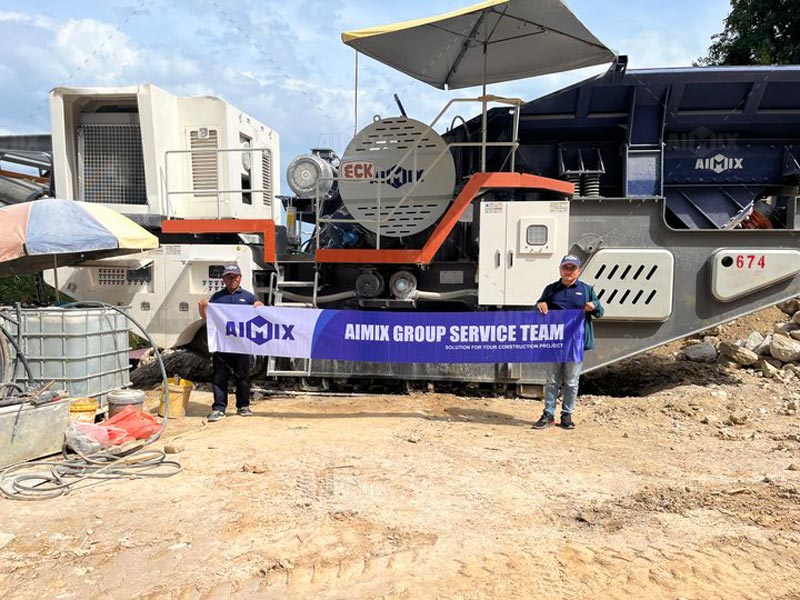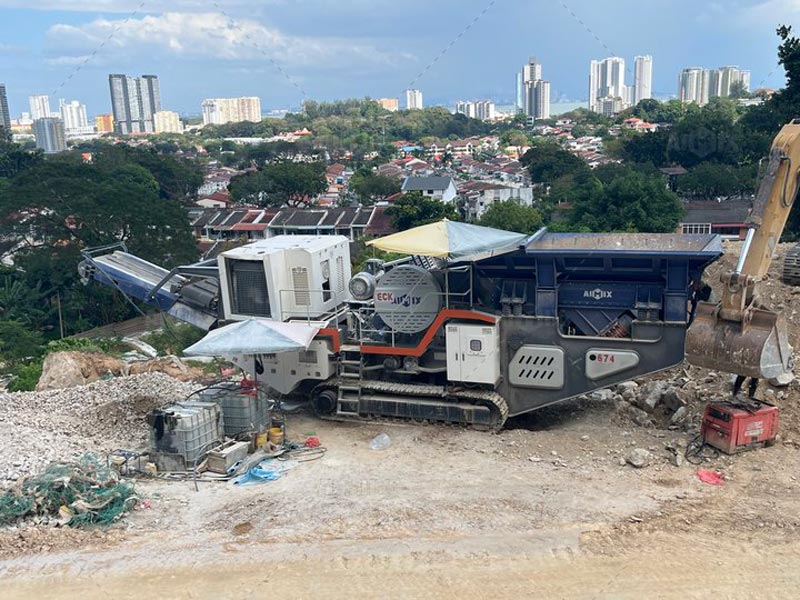Granite, a rock of immense durability and hardness, presents a significant challenge in the crushing process. Understanding the scientific principles behind granite crushing enhances operational efficiency and equipment longevity. From the forces applied to the material properties involved, each aspect plays a crucial role in the crushing mechanism.
By analyzing these factors, operators can optimize machine settings, minimize wear, and improve aggregate quality. This article explores the fundamental principles of granite crushing, shedding light on the interplay of mechanical forces, material composition, and process efficiency.

Crushers rely primarily on compression and impact forces to break granite into smaller fragments. Jaw crushers utilize a stationary and a moving plate to exert intense pressure, fracturing the rock along natural fault lines. Cone crushers, on the other hand, apply a continuous compressive force, resulting in gradual material breakdown.
Impact crushers introduce an additional force—high-velocity impact. This method is effective for shaping aggregates and generating finer particles. The balance between compression and impact significantly influences final product granularity and overall crushing efficiency.
While compression dominates the crushing process, shear and tensile forces also play a role. Some granite crushers, such as gyratory models, induce lateral shear, causing the rock to split along weak planes. Tensile stress, though less common, occurs when opposing forces pull the material apart.
Recognizing these forces helps operators adjust crusher parameters, ensuring optimal fracture mechanics for efficient granite reduction.
Granite ranks high on the Mohs hardness scale, typically between 6 and 7, making it one of the toughest materials to process. This inherent hardness increases wear on crusher components, necessitating durable wear-resistant materials such as manganese steel for crushing surfaces.
Abrasiveness is another key factor. Granite contains high concentrations of quartz, which accelerates equipment deterioration. Implementing advanced metallurgy in crusher design mitigates wear-related challenges and extends operational lifespan.

Granite's fracture behavior is influenced by its crystalline structure. Unlike sedimentary rocks, which break along bedding planes, granite fractures irregularly and unpredictably. This necessitates precise crusher settings to achieve consistent particle size distribution.
Understanding granite's breakage patterns allows for better crusher selection and improved efficiency in aggregate production.
Adjusting crusher settings based on granite properties maximizes efficiency. Factors such as closed-side setting (CSS), feed rate, and eccentric throw must be fine-tuned to balance throughput and energy consumption.
Implementing real-time monitoring systems ensures continuous optimization, reducing downtime and enhancing overall performance.
Given granite's abrasive nature, proactive maintenance is essential. Regular inspection of liners, bearings, and hydraulic systems prevents unexpected failures. Lubrication schedules and wear-resistant coatings further prolong equipment lifespan.
Adopting a structured maintenance plan not only improves crusher machine reliability but also enhances long-term profitability.
Crushing granite is a complex interplay of forces, material properties, and engineering precision. Understanding the mechanics behind compression, impact, and shear stress enables operators to refine processes for superior efficiency. By selecting the right equipment, optimizing settings, and maintaining machinery diligently, businesses can achieve high-performance crushing while extending the service life of their equipment.